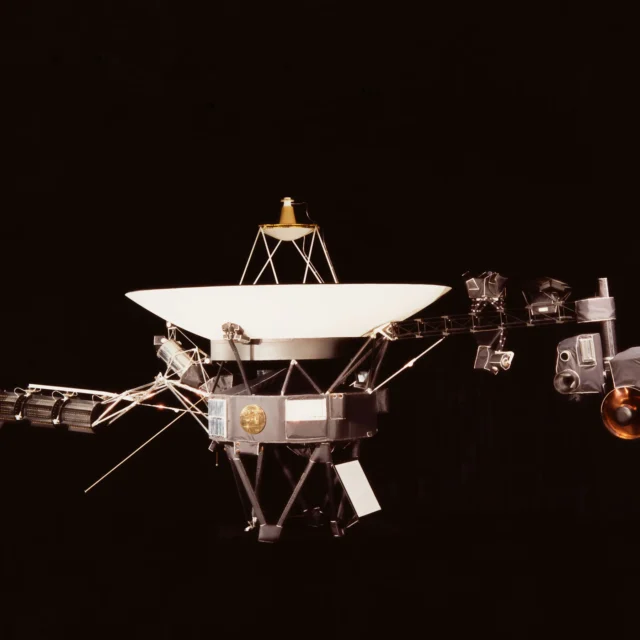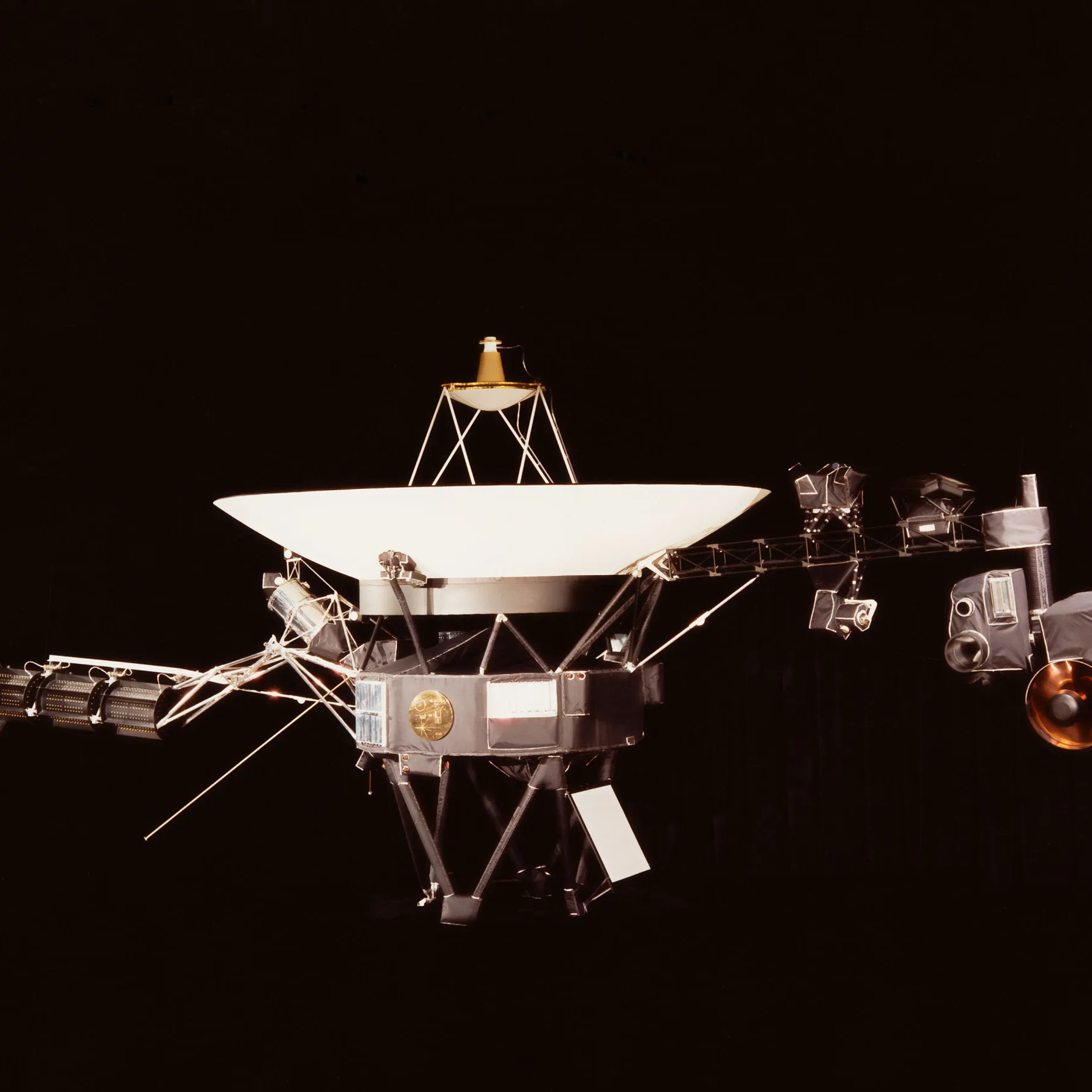
In an extraordinary display of technological resilience and innovation, NASA’s Jet Propulsion Laboratory (JPL) engineers are in a race against time and distance to rectify a perplexing anomaly that has beset the Voyager 1 spacecraft, humanity’s most distant messenger. This mission, emblematic of human curiosity and ingenuity, now faces one of its most daunting technical challenges since its launch in 1977.
Key Highlights:
- Engineers are tackling an issue with Voyager 1’s Flight Data System (FDS) that has disrupted the transmission of science and engineering data.
- The anomaly involves the Telemetry Modulation Unit (TMU) sending a pattern of binary “ones and zeroes” instead of the expected data.
- Despite the spacecraft’s vast distance from Earth, commands can still be sent and received, albeit with a significant time delay.
- NASA is exploring solutions, including software patches and thruster adjustments, to extend the mission’s lifespan.

An Odyssey Across the Cosmos
Launched over four decades ago, Voyager 1’s mission transcends its original planetary exploration objectives, venturing into the interstellar space beyond our solar system. The spacecraft has provided invaluable data on the outer planets and the heliosphere, significantly expanding our understanding of the solar system’s boundary and the interstellar medium.
The Technical Hurdle
The heart of the current issue lies within Voyager 1’s onboard computer systems, specifically the Flight Data System (FDS). This critical component has encountered difficulties in effectively communicating with other subsystems, resulting in the spacecraft relaying unintelligible data back to Earth. Efforts to reset the FDS have been unsuccessful, underscoring the complexity of diagnosing and fixing problems on a spacecraft billions of miles away.
A Race Against Time and Space
The vast distance between Earth and Voyager 1, currently over 14 billion miles, introduces a unique set of challenges. Commands take approximately 22.5 hours to reach the spacecraft, with an equal time delay for responses. This means that each attempt at troubleshooting requires patience and precision, as the results of any single command will not be known for nearly two days.
Ingenious Solutions on the Horizon
In response to these challenges, NASA’s team has not only focused on immediate fixes but also on long-term strategies to ensure the continued operation of Voyager 1. This includes the development of software patches aimed at preventing future glitches and adjustments to the spacecraft’s thruster operations to mitigate fuel residue buildup. These measures are designed to preserve the spacecraft’s ability to communicate with Earth and continue its historic journey through interstellar space.
The Legacy of Voyager 1
Despite the current challenges, Voyager 1’s legacy as a testament to human ingenuity and the spirit of exploration remains unblemished. The mission symbolizes the boundless curiosity that propels humanity to explore the unknown, pushing the limits of our technological capabilities and expanding the frontiers of knowledge.
Summary
NASA’s efforts to troubleshoot and resolve the technical issues facing Voyager 1 underscore the complexities and uncertainties of deep space exploration. The mission’s enduring legacy, coupled with the ongoing work to extend its lifespan, highlights the remarkable achievements of past and present space exploration endeavors. As NASA engineers continue their work, the Voyager 1 spacecraft remains an iconic beacon of humanity’s quest to explore the cosmos.








